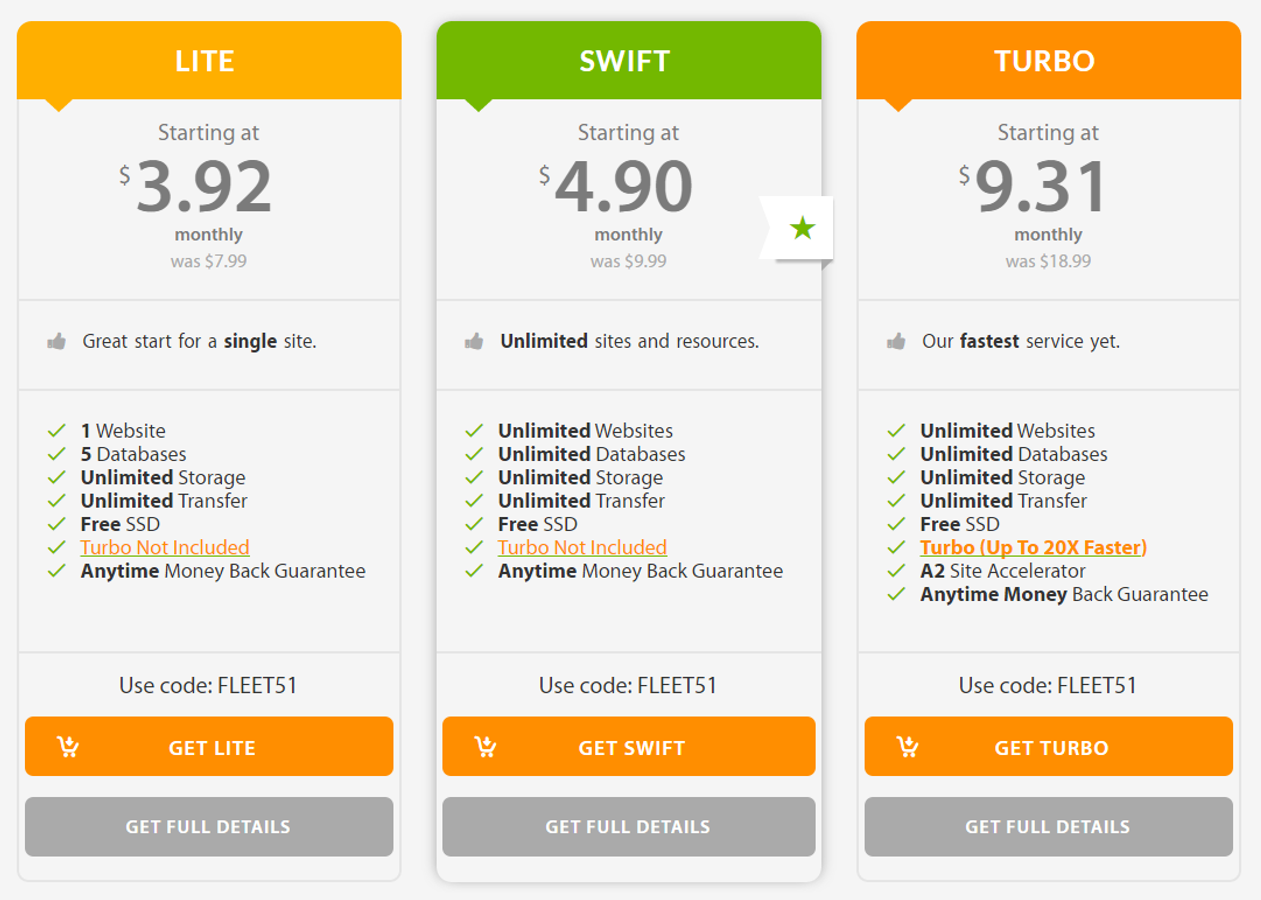

This means that merchants can ensure consistency and minimize the number of unexpected costs that crop up during the shipping process. While the cost of shipping a medium flat-rate box versus a large flat-rate box will vary, flat-rate pricing doesn’t include variables like DIM weight (in the case of USPS and UPS, the number of shipping zones also doesn’t apply). So, while standard shipping might be the cheapest service level, the cost can still fluctuate considerably per order. Moreover, it also takes into account a lot of variables when calculating rates, including the size, weight, shape, and destination of a package. Standard shipping helps to keep shipping prices down, but also means a much slower delivery time.
#USPS PRICING TIERS FREE#
When a merchant is offering free shipping to customers at checkout, this will almost always be a standard shipping option. Standard shipping, often referred to as economy shipping within e-commerce, is usually the cheapest service level available with a carrier. Standard shipping and flat-rate shipping are often used interchangeably in discussions about e-commerce shipping, but they represent two very different ways of calculating rates. The difference between flat-rate and standard shipping This makes can flat-rate shipping a highly useful shipping method for online sellers who are looking to optimize their shipping strategy. The purpose of flat-rate shipping is to offer businesses a way of standardizing their shipping costs, controlling for the large variations that can occur due to DIM weight, shipping distance, and seasonal peaks. This means that merchants can ship a variety of different items to different locations for the same price, so long as it fits the shipping box and maximum weight prescribed.

Some shipping carriers will also charge a flat rate regardless of the end destination. Flat-rate shipping is also generally exempt from peak season surcharges, making it an affordable option during the holiday season. What is flat-rate shipping?įlat-rate shipping is a method where the cost of e-commerce shipping is determined by the size of the box or envelope, rather than by the dimensional (DIM) weight of the item(s) being shipped. In this post, we’re going to weigh up the pros and cons of flat-rate shipping, how it works, and the different flat-rate shipping services available to your business.

So, when is it cheaper for merchants to use flat-rate shipping – and when is it not? While it can save you money, flat-rate shipping methods can also be too standardized to cater to the unique needs of every merchant. But this doesn’t mean that flat-rate shipping is a one-size-fits-all solution for every e-commerce business. This is why it’s essential to have an optimized shipping strategy that provides the right cost savings in the right places.įlat-rate shipping is a popular shipping method for merchants who are looking to simplify their shipping strategy and their fulfillment process. The higher your shipping costs are, the slimmer your profit margins will be. Shipping is one of the biggest fulfillment costs that you’re going to shoulder as an e-commerce business. Written by Beth Owens on November 3rd, 2021 E-commerce Omnichannel Retail Technology Transportation


 0 kommentar(er)
0 kommentar(er)
